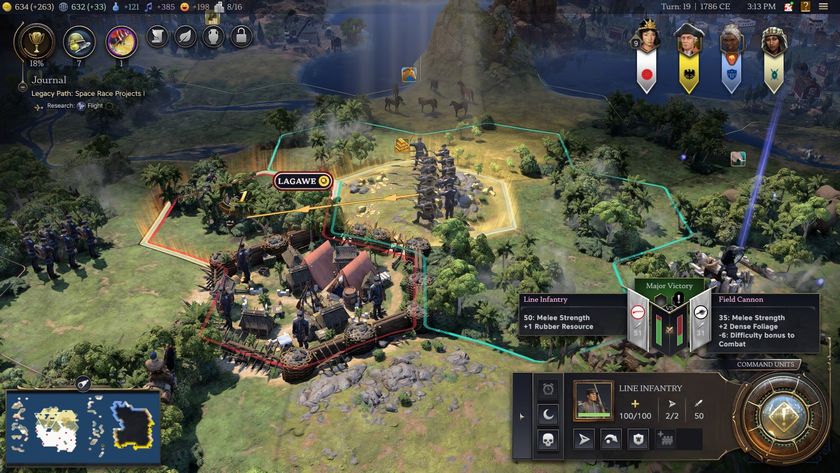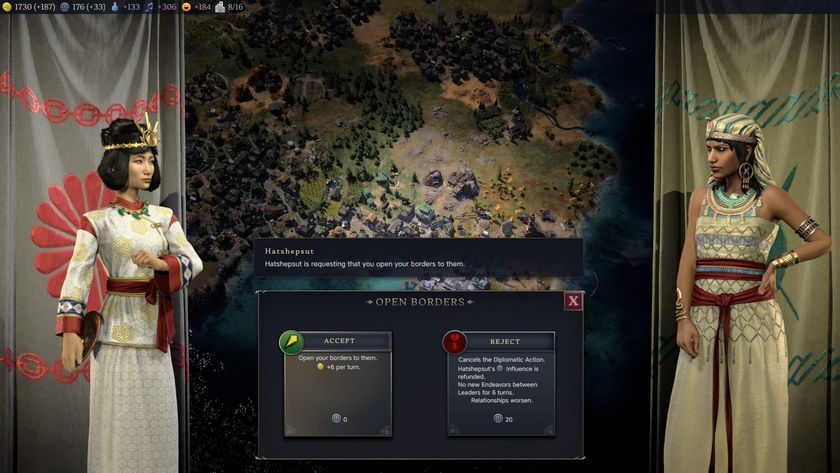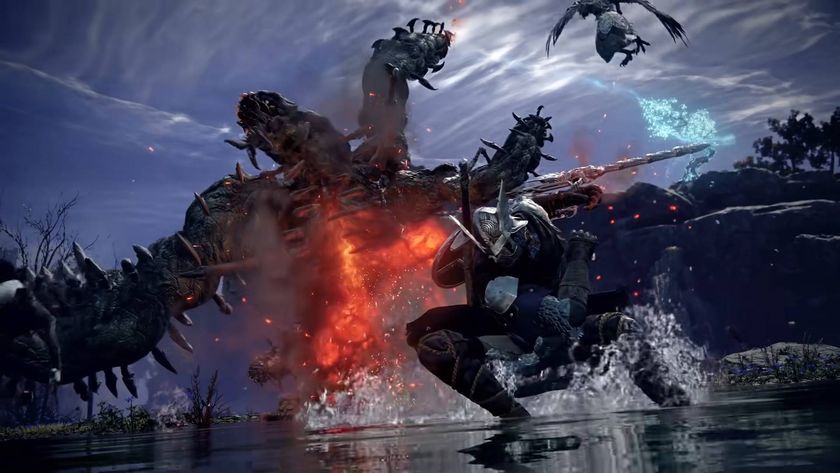After this lecture we’re allowed to explore Wings of Liberty’s opening missions. There are no hero units in StarCraft – you don’t pilot Raynor around, dealing overpowered death. That’s Warcraft deal. StarCraft is about expensive, expansive, and expendable armies. As Browder explains, you can have the lead characters on the map, but that means you have to design the mission around them – their death would be game over, and it wouldn’t be in the spirit of StarCraft to have 15ft. tall units. You might as well give them bobbleheads.
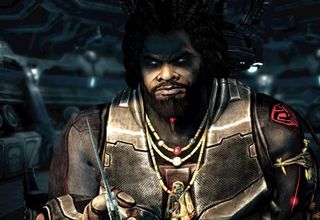
The 3D is almost resentful – you can rotate the camera a bit, but it’ll snap back into place immediately. The implication is Blizzard saying, “We made these maps to be viewed this way. We don’t want you rotating the camera. But if we prove that you can, will you just shut up about it?” This also makes sense from a pro-sports angle – it would confuse the spectator if the terrain was constantly rotating.
With quick and non-patronising tutorials (no tutorial element is forced on you), you’re soon on board the Hyperion, where – once you’ve finished the first five missions – you gain access to the four main rooms and the game’s main characters. You can visit the Cantina to watch TV – usually a report on your last mission, or the developing storyline – or buy mercenaries, which are the game’s equivalent to hero units. Mercs are powerful sets of elite units, but there’s no incentive to keep these guys alive: you don’t get tohold on tothem, they don’t level up, and there’s plenty more where they came from.
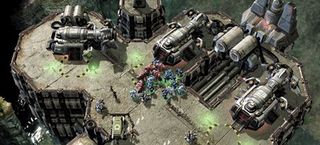
You might prefer to spend that money with Flynn in the Armory. This is where you’ll find less dramatic, but longer-term upgrades to your units. More efficient SCVs (Space Construction Vehicles) or the option to grant them the ability to repair vehicles. Browder’s keen to point out that these benefits are only available in the single-player campaign – it’d be impossibly unbalancing in a multiplayer game. But when you’re playing against AI, that’s less important. During skirmishes on the ultra-hard level, the AI is open about cheating, as it accrues resources quicker than yourself, so it’s only fair you get a few perks.
The lab, meanwhile, is where you can trade the optional items acquired from missions for upgrades. Zerg chrysalises can be harvested with SCVs in some missions, and smaller Protoss relics can be found on others. Browder looks at the screen with comical contempt: “This will change – we’ll think of more interesting benefits than a +1 attack.”

The most interesting thing about this approach is that it forces the next two games to be completely different in presentation – the strong Terran cowboy aesthetic wouldn’t make much sense in Protoss or Zerg campaigns. Browder wouldn’t expand on rumours that the Zerg campaign would have a role-playing, levelling-up feel, but it’s one of the things they’re considering.
It must be stifling to create a new game from one that’s considered a masterpiece of balance. To take 10 years of refinement, patches, and perfecting and throw new units into it. But if you’ve watched those Battle Reports, you’ll see that Wings is still StarCraft. The back and forth of battle is there, the individual victories in a losing war are just as hopeful, and the raw visual, uncluttered appeal that makes it such a bizarrely watchable sport is completely intact.
Sep 18, 2009
Sign up to the 12DOVE Newsletter
Weekly digests, tales from the communities you love, and more
Most Popular






